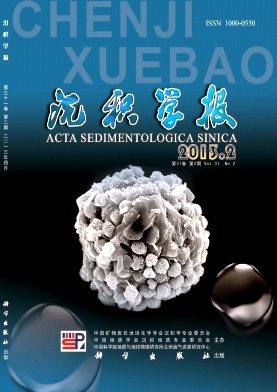Depositional Elements and Settings of HD133 and HD77 Cores in the Taiwan Canyon
- Publish Date: 2013-04-10
-
Key words:
- northeastern South China Sea /
- deepwater sedimentation /
- gravity flow /
- submarine canyon
Abstract: Located within and outside the Taiwan Canyon in the northeastern South China Sea, with the water depths of 3 280 m and 3 378 m separately, two sediment cores HD133 and HD77 are carefully investigated through analysis of grain size, paleontology and calcium carbonate content. In combination with the sea level history during the LGM (Last Glacial Maximum), the sedimentary elements and responses are discussed. Based on sediment grain size and carbonate content, the two cores can be subdivided into three sediment layers. The layer 2 is consisted of medium to fine grained thickbedded sands which is interpreted to be terrigenous gravity flow deposits, evidenced by the abundant shallow water benthic foraminifera, the carbonate content reaching 60% and the internal chaos of AMS14C isotope dating. Layers 1 and 3 are dominated by silt mud with silt interbeds, with few shallow water benthic foraminifera and carbonate content less than 10%, indicating a decrease of sediment gravity flows. The controlling factors for the deepwater sands within these two sediment cores are as the following: temporally, terrigenous sediments are directly delivered into the deepwater settings, forming sandrich deposits layer 2; spatially, submarine canyons are the conduits for terrigenous gravity flow, making the deposition occur firstly within the canyon. Thus, HD133 is richer in sand than HD77.
| Citation: | Depositional Elements and Settings of HD133 and HD77 Cores in the Taiwan Canyon[J]. Acta Sedimentologica Sinica, 2013, 31(2): 325-330. |






 DownLoad:
DownLoad: